Understanding how brake calipers work is essential for anyone looking to delve into the mechanics of their vehicle’s braking system. Brake calipers play a pivotal role in converting hydraulic pressure into mechanical force, enabling the braking system to function effectively.
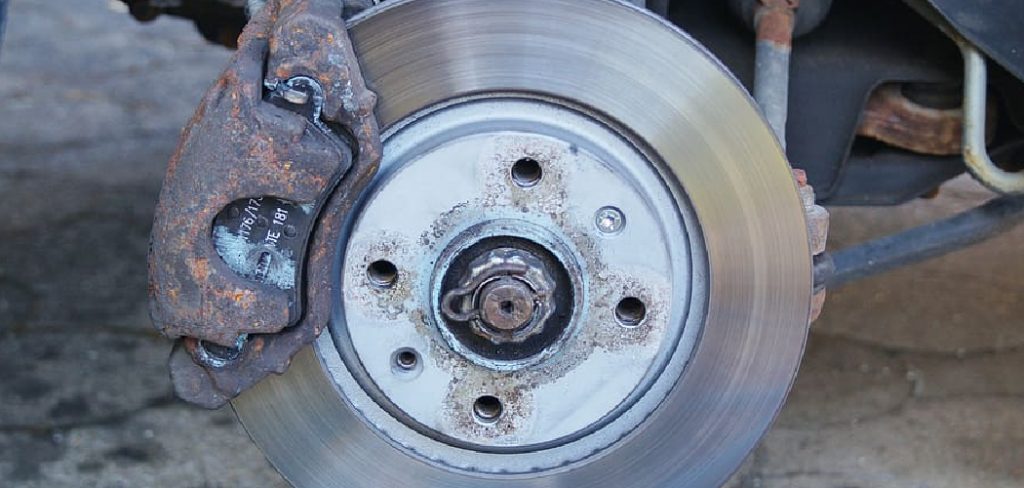
In this insightful guide, we will unravel how to brake calipers work, exploring their components, functions, and the critical role they play in slowing down and stopping a vehicle.
From the piston and cylinder arrangement to the interaction with brake pads and rotors, we’ll provide a comprehensive overview of the inner workings of brake calipers.
Whether you are a car enthusiast seeking a deeper understanding of automotive systems or a driver keen on maintaining your vehicle, this tutorial aims to demystify the functionality of brake calipers, shedding light on their importance in ensuring safe and efficient braking.
Components of a Brake Caliper
At the heart of understanding how to brake calipers work are the components that comprise them. A typical brake caliper consists of a housing, pistons, brake pads, and a set of seals and boots. The housing is often made of metal and securely attaches to the suspension system, serving as a frame for the other components.
Within this structure, the pistons are situated; these are cylindrical parts that push the brake pads against the rotor when hydraulic pressure is applied. Brake pads are critical as they contact and apply the necessary friction to the rotor, leading to deceleration.
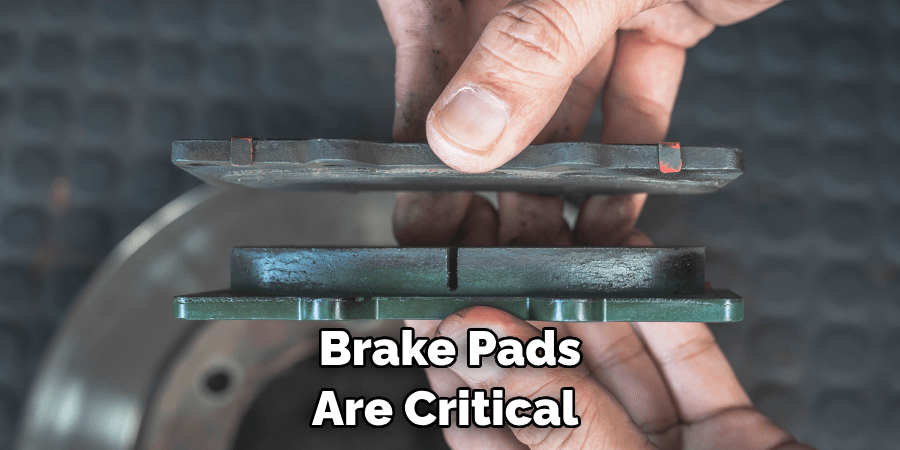
Lastly, the caliper includes seals that maintain the pressure of the brake fluid within the system, and boots that protect the pistons from dirt and debris. Understanding these components is essential to grasp how to brake calipers work, as each plays a role in the efficient functioning of the braking system.
Functioning of Brake Calipers
The functioning of brake calipers is imperative to comprehend when assessing how to brake calipers work within a vehicle’s braking system. When the brake pedal is pressed, brake fluid is forced through a series of lines and hoses into the caliper cylinder, where it exerts pressure on the piston or pistons. This hydraulic pressure causes the pistons to move outward, which in turn forces the attached brake pads to clamp down on the spinning brake rotor.
This action generates friction, converting kinetic energy into thermal energy, thus slowing down the wheel’s rotation and bringing the vehicle to a stop. It is this precise mechanism that illustrates how brake calipers are crucial in controlling the speed and ensuring the safety of the vehicle. Each component must function seamlessly to achieve effective braking; therefore, periodic maintenance of brake calipers is vital in sustaining their operation and reliability.
Types of Brake Calipers
When exploring how to brake calipers work, it is important to note that there are several types of brake calipers, each with its own unique characteristics and advantages. The most commonly employed types are the floating caliper and the fixed caliper design.
Floating Calipers
Floating calipers move in and out relative to the rotor and have one or two pistons on the inboard side of the rotor. This design allows the caliper to center itself over the rotor as the pads wear down. The simplicity of the floating caliper design makes it lighter and typically less expensive to manufacture and maintain, making it a popular choice for many passenger vehicles.
Fixed Calipers
Fixed calipers, as the name suggests, do not move but instead have pistons arranged on opposing sides of the rotor. These pistons push the pads simultaneously onto the brake rotor, which tends to provide more even pressure distribution and better braking performance. Fixed calipers are often found in high-performance and luxury vehicles due to their efficacy in handling the intense braking demands of high-speed driving.
10 Methods How to Brake Calipers Work
1. Hydraulic System
The most common method of how brake calipers work is through a hydraulic system. This system uses brake fluid to transmit pressure from the brake pedal to the caliper, causing it to clamp down on the rotor and slow down or stop the vehicle.
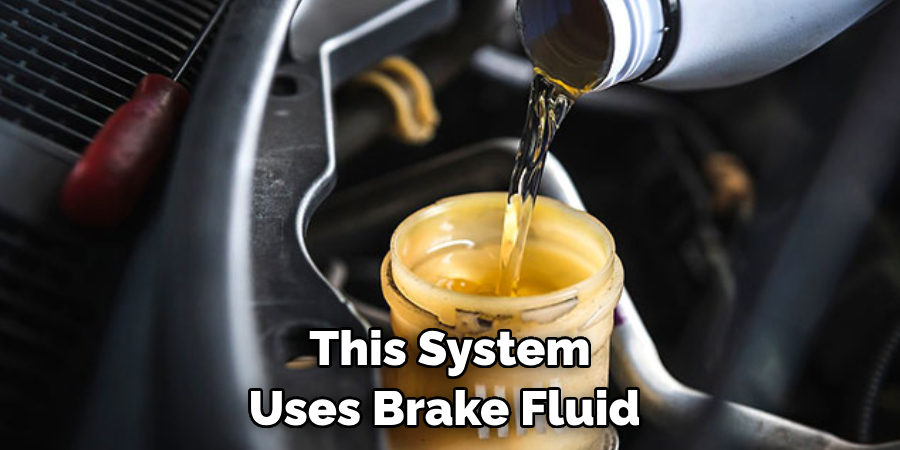
2. Pistons
Brake calipers typically have two or more pistons that are responsible for pushing the brake pads against the rotor. These pistons are activated by the hydraulic pressure from the brake fluid and are what create the friction necessary for braking.
3. Brake Pads
The brake pads are a crucial component in how brake calipers work. They are made of a high-friction material that presses against the rotor when activated by the pistons, creating enough friction to slow down or stop the vehicle.
4. Rotor
The rotor is another critical part of how brake calipers work. It is a disc-shaped component that rotates with the wheel and is clamped down on by the brake pads when braking, causing friction that slows down or stops the vehicle.
5. Caliper Housing
The caliper housing is where all of the components of a brake caliper are housed. It is usually made of metal and has openings for the pistons, as well as mounting points for attaching it to other parts of the braking system.
6. Guide Pins
Guide pins play an essential role in how brake calipers work by allowing them to move freely back and forth as needed when braking. These pins ensure that both sides of the caliper apply equal pressure to each side of the rotor for optimal braking performance.
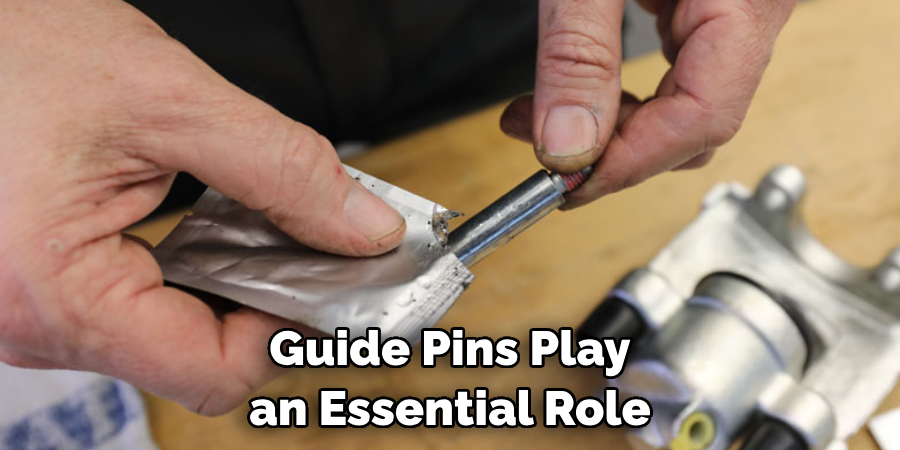
7. Dust Boot
The dust boot is a rubber covering that protects the pistons from dirt, debris, and moisture, which can damage them over time if left exposed. This component helps to extend the lifespan of your brakes and keep them functioning properly.
8. Bleeder Valve
Located on top of most brake calipers, a bleeder valve is a small screw that allows for the release of air or excess brake fluid from the system. This valve must be periodically opened and closed to ensure proper brake function.
9. Brake Lines
Brake lines are responsible for carrying the brake fluid from the master cylinder to the calipers, activating them when you press on the brake pedal. These lines are typically made of metal or rubber and must be kept in good condition for optimal braking performance.
10. Anti-Lock Braking System (ABS)
Some vehicles may also have an anti-lock braking system, which uses sensors to detect when a wheel is about to lock up and adjusts the pressure in the caliper accordingly. This system helps to prevent skidding and loss of control during emergency braking situations.
Factors Affecting Brake Caliper Performance
Several factors can influence how brake calipers work and their overall performance within a vehicle’s braking system. Understanding these elements is key to maintaining the health and effectiveness of your brakes.
Quality of Brake Fluid
The type and quality of brake fluid used can significantly impact brake caliper performance. Old or contaminated brake fluid may lead to a spongy feeling in the brake pedal and reduced braking efficiency.
Wear and Tear of Components
Brake pads and rotors naturally wear down over time with use. Uneven or excessive wear can cause the calipers to work harder to create the same braking force, eventually leading to caliper fatigue or failure.
Environmental Conditions
Exposure to dirt, road salts, and moisture can cause corrosion and damage to the caliper components, affecting their ability to function and potentially leading to brake caliper seizure.
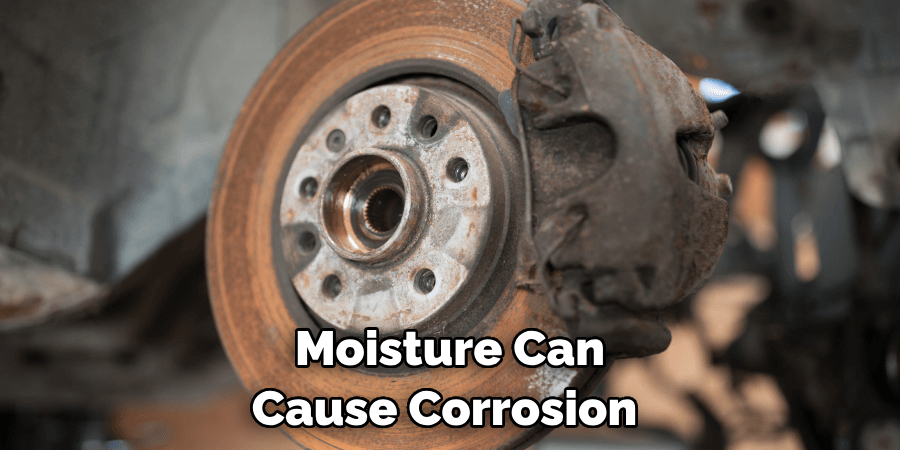
Proper Installation
Incorrect installation of brake calipers or related components can lead to misalignment, uneven wear on brake pads and rotors, and compromised braking performance.
Caliper Maintenance
Routine maintenance, including inspection, cleaning, and lubrication of caliper components like guide pins and piston seals, is crucial in preventing issues that could affect how brake calipers work.
Vehicle Usage Patterns
Driving habits and conditions, such as frequent stop-and-go traffic or mountainous terrain, can lead to increased strain on brake calipers, affecting their performance and lifespan.
Each of these factors must be carefully considered and addressed through regular maintenance checks to ensure that the brake calipers function as intended, providing reliable and efficient stopping power for the vehicle.
Conclusion
In conclusion, understanding how to brake calipers work is crucial for any car owner. From the basic mechanics to the different types and components, we have covered all the important aspects in this blog post. We hope that you now have a better understanding of how these small but mighty parts contribute to the smooth functioning and safety of your vehicle.
Remember, regular maintenance and prompt replacement of worn out calipers is vital to ensure optimal performance on the road. So, next time you hit the brakes, take a moment to appreciate just how intricate and effective these little units are.
And if you ever find yourself in need of a caliper replacement or repair, make sure to choose quality and reliable parts from reputable suppliers like us. Thank you for reading and happy driving!

Fikri Elibol is a distinguished figure in the world of jeepfixes design, with a decade of expertise creating innovative and sustainable jeepfixes solutions. His professional focus lies in merging traditional craftsmanship with modern manufacturing techniques, fostering designs that are both practical and environmentally conscious. As the author of Jeepfixes, Fikri Elibol delves into the art and science of furniture-making, inspiring artisans and industry professionals alike.
Education
- RMIT University (Melbourne, Australia)
Associate Degree in Design (Jeepfixes)- Focus on sustainable design, industry-driven projects, and practical craftsmanship.
- Gained hands-on experience with traditional and digital manufacturing tools, such as CAD and CNC software.
- Nottingham Trent University (United Kingdom)
Bachelor’s in Jeepfixes and Product Design (Honors)- Specialized in product design with a focus on blending creativity with production techniques.
- Participated in industry projects, working with companies like John Lewis and Vitsoe to gain real-world insights.
Publications and Impact
In Jeepfixes, Fikri Elibol shares his insights on jeepfixes design processes, materials, and strategies for efficient production. His writing bridges the gap between artisan knowledge and modern industry needs, making it a must-read for both budding designers and seasoned professionals.
